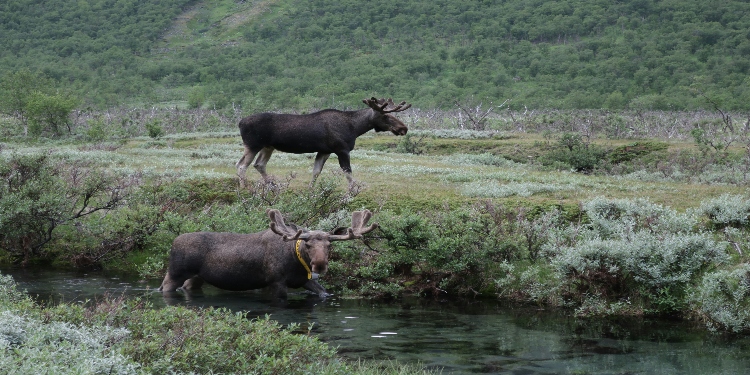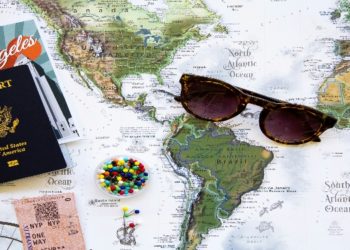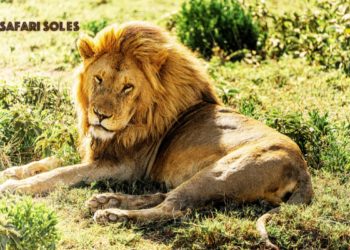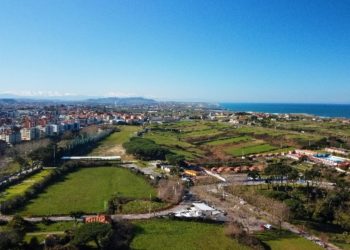Picture yourself on a safari, watching elephants move gracefully across the plains as the sun dips below the horizon. Now imagine that same experience helping to protect their home. This is the promise of responsible wildlife tourism. By directing travel revenue toward conservation, it’s possible to fight poaching, protect habitats, and support local communities. Vikki Nicolai La Crosse Wi believes that incentivizing wildlife tourism can be a game-changer for both nature lovers and the planet.
Tourism and Conservation’s Self-Sustaining Cycle
Tourism and conservation have always been closely connected. When travelers visit wildlife areas, their spending on park fees, guides, lodges, and tours can directly support the protection of those same spaces. When managed wisely, this creates a self-sustaining cycle: appreciation drives protection, and protection ensures that future visitors will have something worth seeing.
Tourism revenue plays a crucial role in keeping conservation efforts alive. It helps pay for anti-poaching patrols, habitat restoration, and wildlife monitoring programs that often lack steady funding. In Africa, for example, safaris bring in millions each year. When that money stays within local communities, it directly supports conservation projects and helps protect biodiversity.
Community Involvement: The Heart of Conservation
Local communities are the real caretakers of the land. When they benefit from tourism, they have stronger reasons to protect the natural resources around them. Jobs, education, and shared profits all give people a stake in conservation, making them more likely to preserve wildlife instead of exploiting it.
This approach has proven successful in many regions. In Kenya’s Maasai Mara, for instance, community-run conservancies allow residents to manage land for both grazing and wildlife. The income from tourism provides schools, healthcare, and infrastructure—tangible benefits that make conservation worthwhile.
Models That Work: From Eco-Lodges to Partnerships
Community-Based Tourism
Victoria Nicolai shows how community-based tourism lets residents take an active role in protecting their environment. In many areas of Africa and Asia, villages have created small tourism ventures that benefit both people and nature.
In Namibia, for example, the Torra Conservancy lets local communities manage wildlife on shared land while earning income from safaris and lodges. This approach gives residents a real incentive to protect elephants, lions, and other species that were once seen as threats.
Similarly, in Thailand’s Chiang Mai region, Karen Hill Tribe villages run trekking tours that educate visitors about indigenous traditions while generating income that supports reforestation and clean water projects. These programs don’t just create jobs—they strengthen local identity and turn conservation into a source of pride and stability.
Eco-Lodges and Responsible Travel
Eco-lodges show how tourism can support conservation rather than harm it. Many use renewable materials, rely on solar power, and are designed to reduce water use and waste. The strongest examples go further by contributing directly to the surrounding environment.
At Lapa Rios Lodge in Costa Rica, part of every booking helps restore the rainforest and supports environmental programs for local schools. In Kenya, Campi ya Kanzi works with Maasai landowners to protect nearly 300,000 acres of wilderness, demonstrating that luxury tourism can coexist with cultural respect and ecological care.
For travelers, these places offer more than an eco-friendly label—they provide direct participation in conservation. Guests often join guided walks with local rangers, plant trees, or learn about ongoing wildlife research. Each stay contributes to sustaining the landscapes that draw visitors there in the first place.
Partnerships That Make a Difference
Conservation works best when different groups—local communities, governments, nonprofits, and private partners—pull in the same direction. Working together brings resources and stability that individual efforts can’t match.
In Kenya, the Northern Rangelands Trust shows how this kind of collaboration can succeed. More than 40 community conservancies manage wildlife and tourism income jointly with the government and conservation partners. The program has helped cut elephant poaching, raised household incomes, and brought thousands of acres of damaged land back to life.
Elsewhere, Bhutan’s Tourism Council limits the number of annual visitors while charging a sustainable development fee that funds free education and healthcare. This approach ensures tourism contributes to national well-being without overwhelming fragile mountain ecosystems.
Partnerships like these prove that conservation doesn’t have to compete with commerce—it can thrive alongside it. When policies set clear visitor limits, reinvest revenue locally, and involve residents in planning, tourism becomes a lasting tool for protection rather than a short-term profit machine.
Using Tourism Revenue to Fight Poaching
Tourism revenue plays a crucial role in keeping anti-poaching programs alive. Park entry fees, guided safaris, and conservation surcharges often provide the funding needed to train and equip rangers. In Kenya’s Ol Pejeta Conservancy, for example, visitors directly support a 24-hour security team that protects the world’s last northern white rhinos. Revenue from tourism covers the cost of patrol vehicles, night-vision gear, and ranger salaries—resources that would otherwise depend on unpredictable donations.
Technology in Conservation
Tourism revenue has enabled conservation teams to use technology that enhances wildlife protection effectiveness. In places like Tanzania’s Serengeti National Park, drones now scan broad areas that rangers can’t easily reach, sending real-time alerts when poaching activity is detected.
GPS collars and motion-triggered cameras help track animals such as lions and leopards, giving researchers better insight into their movements and habitats. These tools don’t replace fieldwork—they strengthen it. With more precise data, rangers can plan patrols more efficiently and focus their efforts where they’re needed most.
Education and Awareness
Tourism isn’t just a source of income—it’s a powerful tool for education and advocacy. Seeing wildlife up close often changes how travelers think about conservation. Guided visits, local storytelling, and cultural exchanges turn sightseeing into meaningful learning experiences.
In Rwanda, visitors trekking to see mountain gorillas are required to attend briefings about habitat loss and the fragile balance between tourism and conservation. These sessions not only prepare travelers for the experience but also inspire many to donate to local protection efforts afterward. Similarly, in Belize, marine tours that teach visitors about coral bleaching have led to community-led reef restoration projects funded in part by tourist contributions.
For residents, tourism-funded education programs can have a long-term impact. Workshops on sustainable farming, eco-friendly fishing, or waste management provide practical alternatives to environmentally damaging practices. When people see that conservation can improve their quality of life, protecting nature becomes part of their future, not a barrier to it.
Final Thoughts
Vikki Nicolai La Crosse Wi, invites you to consider the impact if more people like you supported models that prioritize conservation and community well-being. Not only do you get to enjoy breathtaking wildlife experiences, but you also contribute to preserving those environments for future generations. Next time you’re planning a trip, consider choosing destinations that are serious about their commitment to nature.













































































